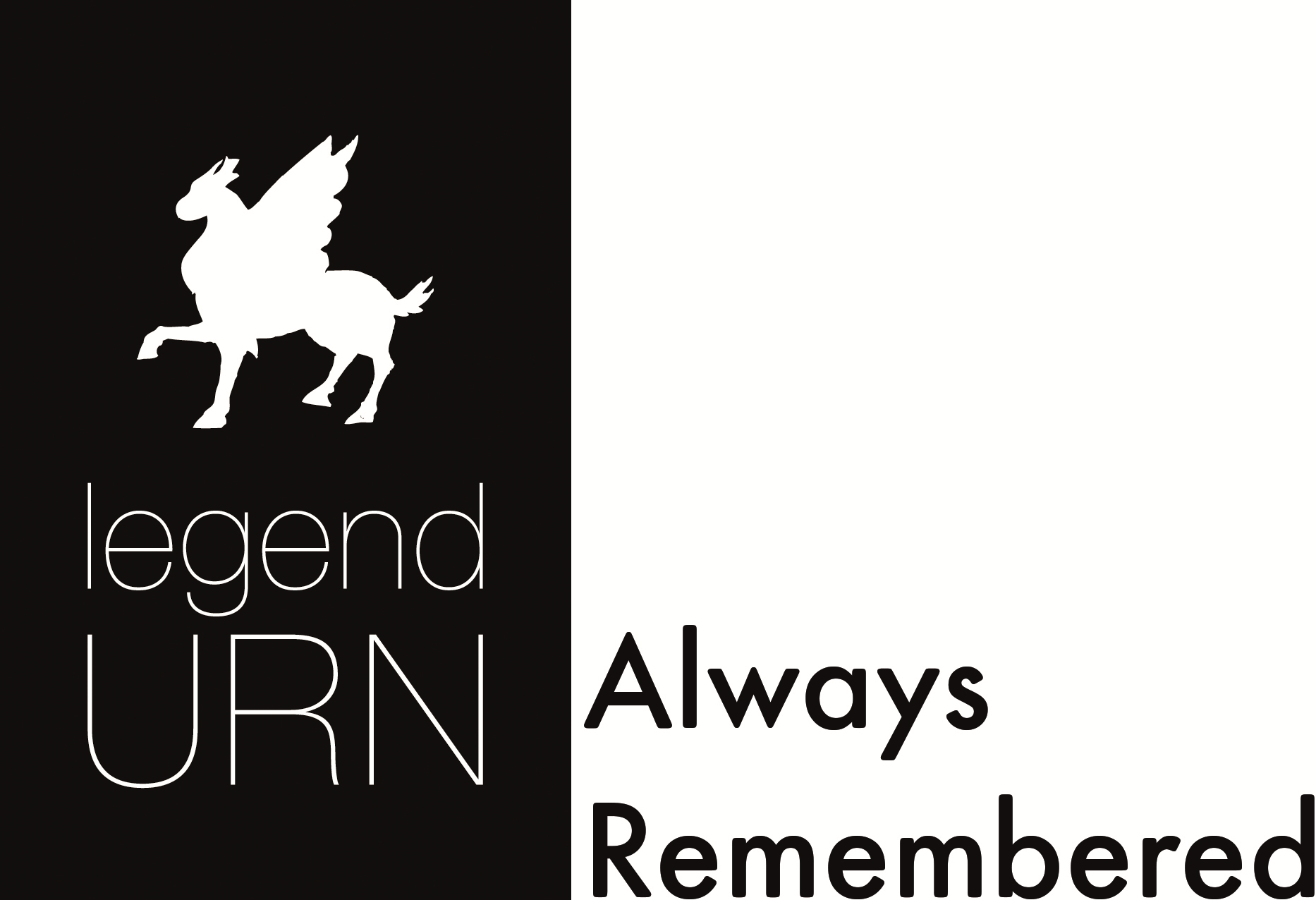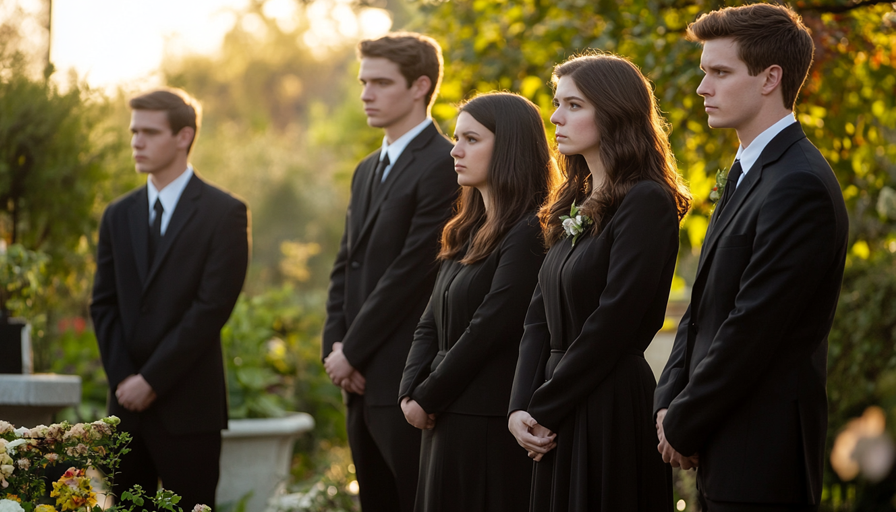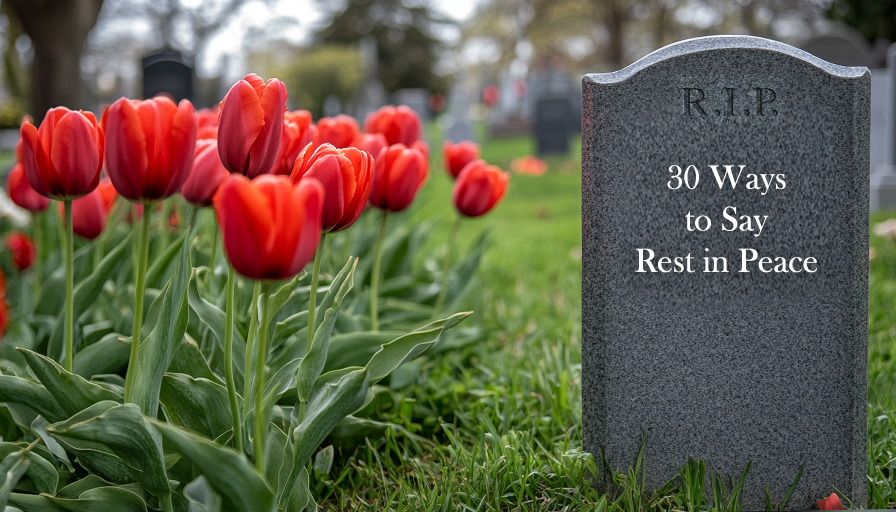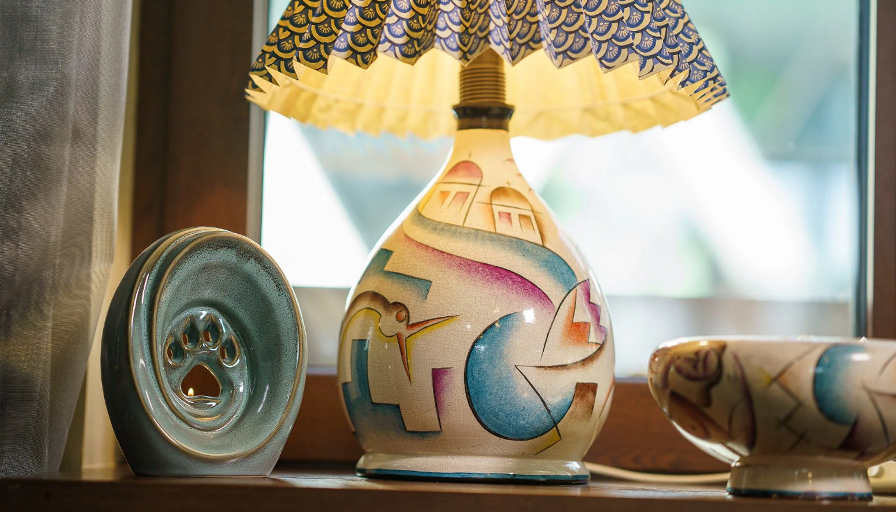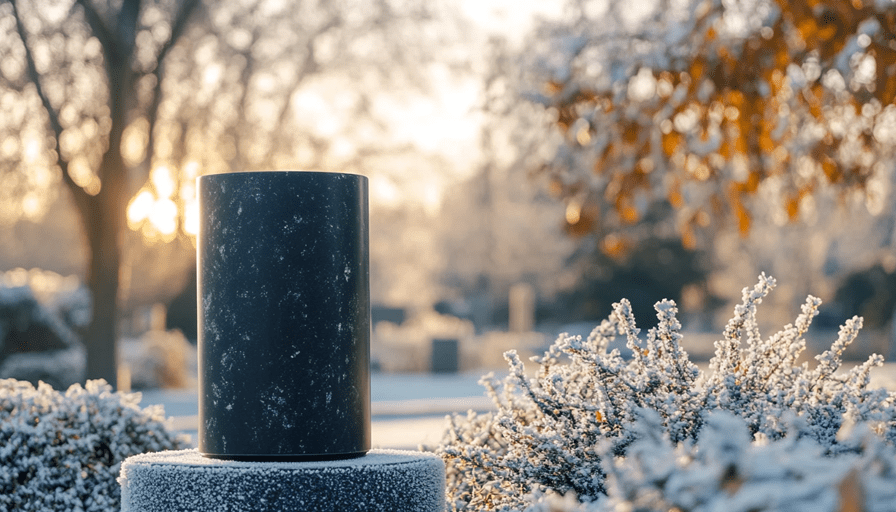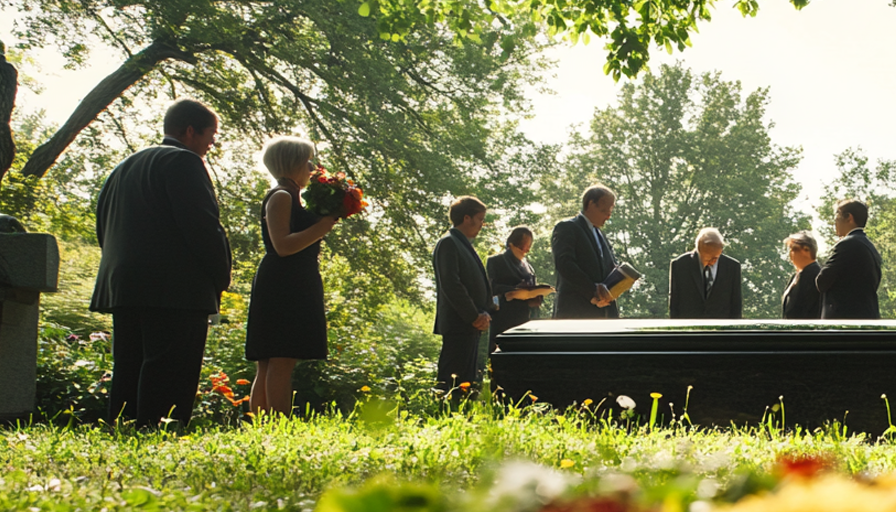What to Wear to a Memorial Service: A Comprehensive Guide
When invited to a memorial service, the question of what to wear can feel daunting. Memorial services are somber occasions designed to honor and celebrate the life of someone who has passed away. Dressing appropriately for such an event is a way of showing respect, not just for the deceased but also for their family and loved ones. Understanding the expectations and nuances of memorial service attire can help you feel more confident and respectful in this delicate setting. In this article, we will explore the etiquette, cultural considerations, and practical tips for selecting your attire for a memorial service.
Understanding the Purpose of a Memorial Service
Memorial services, unlike funerals, may not involve the physical presence of the deceased. These services are often scheduled days or even weeks after the person’s passing, allowing for a more flexible and reflective gathering. Memorial services may take place in a variety of settings, from religious institutions to homes, gardens, or even public spaces. The purpose remains the same: to commemorate the life of the deceased, offer comfort to grieving family members, and provide a space for reflection.
The setting and tone of the service often dictate the dress code, so it’s essential to consider the context before selecting your attire. *Clothing tips for what to wear to a funeral.
General Guidelines for Memorial Service Attire
1. Err on the Side of Formality
When in doubt, it’s better to dress more formally. While not every memorial service will be a strictly formal occasion, an understated and polished look is almost always appropriate. This conveys respect and ensures you won’t feel out of place.
2. Neutral and Subdued Colors
Traditional colors for memorial services include black, navy, gray, and other dark tones. These colors are understated and signify respect for the solemnity of the occasion. If you’re unsure about the color scheme, it’s wise to avoid bright or flashy colors that may appear disrespectful.
3. Avoid Overly Casual Attire
Jeans, sneakers, T-shirts, and athletic wear are generally not appropriate for memorial services unless explicitly stated otherwise. Opt for garments that convey thoughtfulness and respect.
4. Consider the Venue
The location of the service can influence the appropriate attire. A service held in a church may require more formal clothing than one held in a backyard or beach setting.
Appropriate Attire for Men
For men, dressing for a memorial service often means adopting a conservative and polished appearance. Here are some specific suggestions:
Suits
A dark suit is a safe and traditional choice. Black, charcoal gray, or navy suits paired with a white or light-colored dress shirt are ideal. If a suit feels too formal for the specific service, consider slacks and a blazer in subdued tones.
Ties
Wearing a tie is generally recommended unless the service is explicitly informal. Opt for simple patterns or solid colors, avoiding loud prints or bright shades.
Shoes
Polished dress shoes, such as oxfords or loafers, are appropriate. Stick to black or dark brown to maintain a cohesive and respectful look.
Accessories
Keep accessories minimal. A simple watch or understated cufflinks are sufficient. Avoid anything flashy or ostentatious that may distract from the occasion.
Appropriate Attire for Women
Women’s attire for a memorial service should also prioritize modesty, simplicity, and respect. Consider the following options:
Dresses and Skirts
Choose knee-length or longer dresses or skirts in dark, neutral colors. Avoid overly tight or revealing clothing. Simple cuts and modest necklines are best.
Tops and Blouses
If you opt for separates, pair a dark or neutral blouse with a skirt or tailored trousers. Avoid tops with bold prints, logos, or distracting embellishments.
Trousers
Tailored slacks in black, navy, or gray are a comfortable and respectful option. Pair them with a dressy blouse or blazer to create a polished look.
Shoes
Closed-toe shoes, such as pumps or flats, are generally preferred. Heels should be moderate in height to ensure comfort and practicality.
Accessories
Keep jewelry and other accessories minimal and understated. Avoid anything too shiny, large, or attention-grabbing.
Seasonal Considerations
Warm Weather
In warm climates or during summer months, lightweight fabrics like cotton or linen are acceptable as long as they maintain a formal appearance. For women, modest sleeveless dresses can be worn, provided they adhere to the overall tone of the occasion. Men can opt for a light-colored dress shirt under a dark blazer, with the option to remove the blazer if necessary.
Cold Weather
In cooler months, layering is key. A wool coat, scarf, and gloves in neutral colors can complement your outfit while keeping you warm. Ensure that your outerwear matches the level of formality expected at the service.
What should I wear to a religious memorial service?
Different cultures and religions have varying traditions regarding memorial service attire. It’s essential to be mindful of these customs if you’re attending a service with specific cultural or religious significance.
Christian Services
Traditional Christian memorial services often adhere to formal and subdued dress codes. Dark suits, dresses, or other conservative attire are generally appropriate.
Jewish Services
In Jewish tradition, black or dark clothing is customary. Attendees may also see mourners wearing a torn garment or ribbon to symbolize their grief. Modesty is particularly important, so ensure shoulders and knees are covered.
Hindu Services
Hindu funeral customs may call for white attire, which symbolizes purity and mourning in this context. Avoid black, as it is not typically associated with mourning in Hindu traditions.
Buddhist Services
Buddhist memorial services often encourage attendees to wear white or subdued colors. Black is also acceptable in some traditions, but bright colors should generally be avoided.
Non-Religious or Secular Services
For non-religious services, the dress code may vary depending on the family’s wishes and the venue. When in doubt, ask the family or consult the invitation for guidance.
How to Prepare if the Dress Code is Unclear
If the invitation or announcement does not specify a dress code, consider reaching out to a close family member or friend of the deceased to inquire. It’s always better to ask than to guess incorrectly.
Here are a few additional tips:
- Bring Layers: If the venue’s temperature is uncertain, bring a blazer, shawl, or cardigan to ensure comfort.
- Avoid Distracting Elements: Avoid flashy makeup, strong perfumes, or loud patterns that may draw attention away from the purpose of the gathering.
- Err on the Side of Modesty: It’s better to appear overly formal than too casual or revealing.
Children’s Attire
If you’re bringing children to a memorial service, their attire should also be respectful and subdued. For boys, dress pants and a collared shirt are appropriate. Girls can wear modest dresses or skirts and tops. Avoid casual items like sneakers or brightly colored clothing. Keep practicality in mind, as children may become restless during longer services.
Common Mistakes to Avoid
- Overdressing or Underdressing: While it’s better to err on the side of formality, appearing overly dressed for a casual memorial can feel uncomfortable. Conversely, underdressing for a formal service is equally inappropriate.
- Ignoring Cultural Norms: Failing to research cultural or religious customs can lead to inadvertent disrespect.
- Wearing Bright or Distracting Colors: Even if the family encourages celebratory attire, it’s wise to avoid overly bright or loud clothing unless explicitly requested.
- Overloading on Accessories: Keep accessories minimal
Why does what you wear to a memorial matter?
What you wear to a memorial matters because it reflects your respect, empathy, and understanding of the solemnity of the occasion. Here are several key reasons why attire plays a significant role:
1. Shows Respect for the Deceased
Memorial services are deeply personal events meant to honor the life and legacy of someone who has passed away. Dressing appropriately demonstrates your acknowledgment of the gravity of the moment and your respect for the person being remembered.
2. Supports the Grieving Family
The grieving family often sets the tone for the event, and wearing appropriate attire helps you align with their expectations and cultural norms. This small act can offer them comfort, showing you’ve taken the time to honor their loved one thoughtfully.
3. Acknowledges the Occasion’s Significance
Memorials are not casual gatherings but events where people come together to reflect and mourn. Wearing attire that aligns with the seriousness of the event conveys that you recognize its importance.
4. Minimizes Distractions
Choosing modest and neutral clothing ensures that your presence doesn’t detract from the focus of the event. Bright colors, bold patterns, or overly casual outfits can draw unnecessary attention and detract from the solemn purpose of the gathering.
5. Respects Cultural and Religious Traditions
Many memorial services are steeped in cultural or religious practices that dictate specific dress codes. Adhering to these guidelines shows cultural sensitivity and prevents accidental offense.
6. Fosters Unity Among Attendees
When attendees dress appropriately, it creates a cohesive and respectful atmosphere. A shared dress code signals unity in grief and respect, fostering a supportive environment for those who are mourning.
7. Reflects Personal Values
Your attire can reflect your personal values and character, signaling that you are a considerate and empathetic individual who respects societal and cultural norms in delicate situations.
8. Helps You Feel Prepared
Wearing appropriate attire can help you feel more confident and composed in an emotionally charged setting. It allows you to focus on offering support to others rather than feeling self-conscious about your appearance.
In essence, dressing thoughtfully for a memorial service is not about following rigid rules but about expressing care, compassion, and understanding for the occasion and those in mourning. It’s a way of showing that you value the moment and the people who are grieving.
Do memorial services always require conservative clothing?
No, memorial services do not always require conservative clothing. While traditional etiquette often leans towards modest and subdued attire, the expectations can vary depending on the preferences of the deceased's family, cultural norms, and the nature of the service. Here are scenarios where less conservative clothing may be acceptable:
1. Celebration of Life Services
Some families choose to hold “celebration of life” events rather than traditional memorial services. These gatherings may emphasize joy and positivity, encouraging attendees to wear bright colors or casual clothing that reflects the deceased’s vibrant personality.
2. Casual or Outdoor Venues
If the service is held in a park, beach, or someone’s backyard, the dress code may be more relaxed. In these cases, semi-casual attire, such as a sundress or a collared shirt with slacks, may be appropriate.
3. Themed Services
Occasionally, families might request attire that aligns with the deceased’s interests or passions. For example, a service for someone who loved a specific sports team might invite attendees to wear team jerseys or colors.
4. Cultural Variations
In some cultures, white or other bright colors are traditional mourning attire. For example, Hindu and Buddhist customs often favor white, and this may feel less “conservative” compared to Western traditions.
5. Family Requests
When the family explicitly states a dress code that deviates from conventional norms, such as casual or colorful attire, it is respectful to follow their wishes.
How to Adapt Without Overstepping
If you’re unsure how casual or unconventional your outfit should be, opt for something simple and neutral while incorporating the family’s preferences. For example, wear a bright scarf or accessory if the service encourages colorful attire while keeping the rest of your outfit understated.
Ultimately, the goal is to respect the spirit of the memorial and the preferences of the grieving family. Always check for specific guidance in the invitation or reach out to someone close to the family if you’re unsure.
If you have any questions, comments or according to you certain information is missing after reading this post, feel free to contact us via the contact form.
